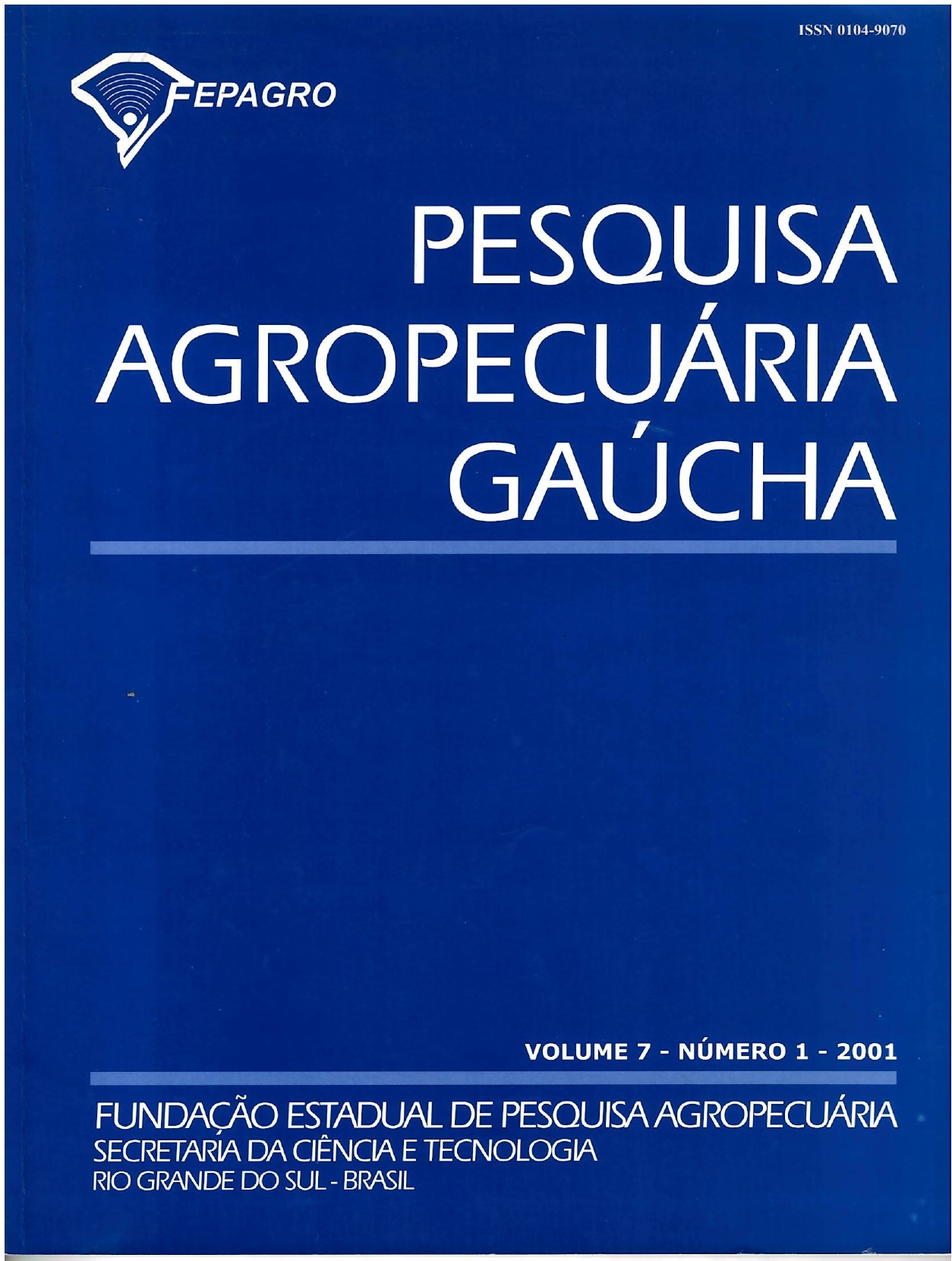COMPARATIVE STUDY OF THREE METHODS OF NUTRITIONAL DIAGNOSIS FOR GRAPEVINES
Keywords:
grape, viticulture, Vitis, mineral nutrients, soil, diagnosis, biological analysis, foliar analysisAbstract
Nutritional status of Cabernet Sauvignon vineyards in the Serra Gaúcha region was evaluated, according to the methods developed in Califomia, Michigan and South Africa. The Californian method, using leaf petiole sampled at flowering, identified no nutritional troubles for P, K, Mg, Mn and Zn, but B was deficient in 83.3% of the vineyards. The Michigan method, using leaf petiole sampled during "véraison", identified no nutritional troubles in the vineyards for B, Fe and Mn. For N, 58.3% were below normal nutritional class, and the others were normal; for P 25.0% were normal and 41.7% above normal; K was excessive in 58.3% and above normal in 25.0%; Ca and Mg were normal or in excess for all vineyards; Zn above normal in 75.0%. For the South African method P and B were normal in all vineyards; N in 83.3%; K, Ca, Mg, and Mn were above normal in 91.7% of the vineyards, and Zn in 75.0%. Differences found among methods were probably dueto the phoenological state when samples were taken and tissue analysed.
Downloads
Downloads
Published
How to Cite
Issue
Section
License
The authors declare that the work has not been previously published, nor sent simultaneously for publication in another journal and that they agree with the submission, content and transfer of the publication rights of the article in question to the scientific journal Pesquisa Agropecuária Gaúcha - PAG. The authors assume full responsibility for the originality of the article, and may incur on them any charges arising from claims by third parties in relation to the authorship of the article. The full reproduction of the journal's articles in other free-to-use electronic media is permitted under the Creative Commons Attribution-NonCommercial-ShareAlike 4.0 International license.



















